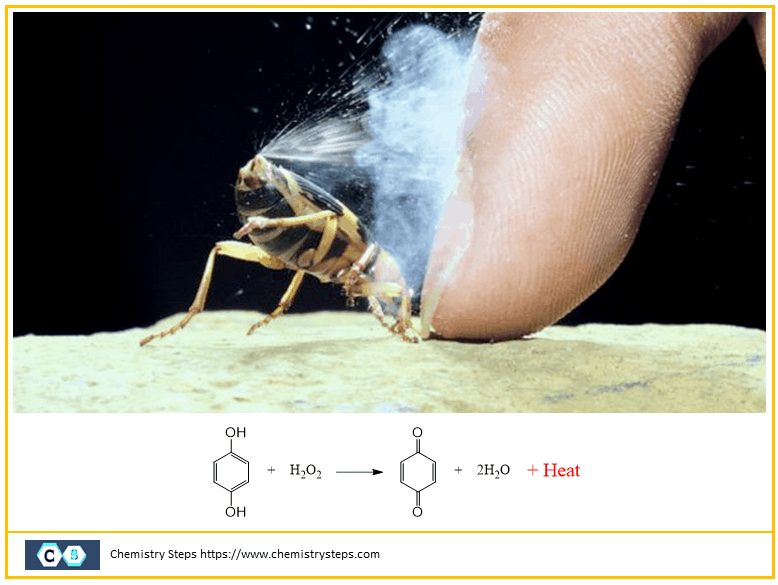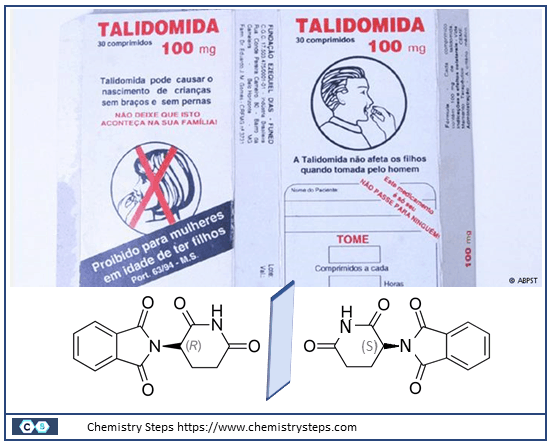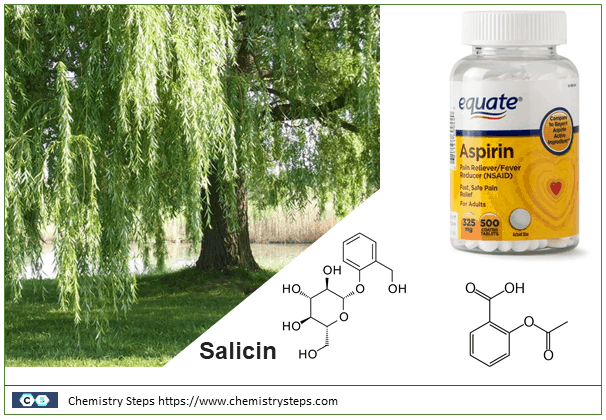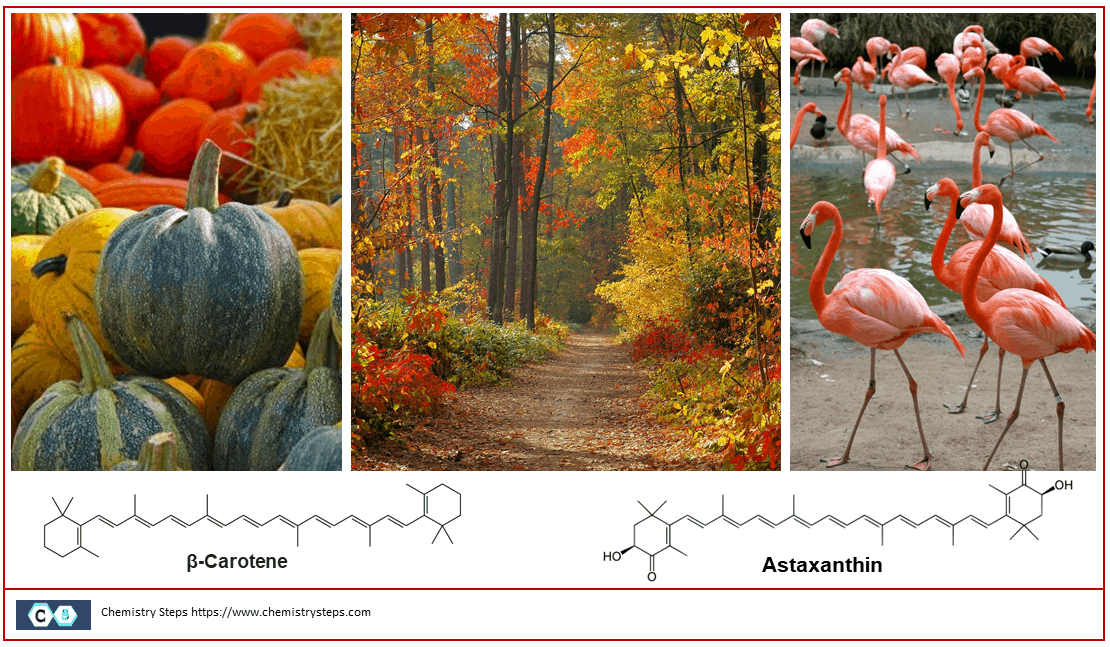Different Conformations of DNA and Selective Binding of Enantiomers
Despite having identical absolute configuration of all the chiral centers, DNA exists in two main conformations: right- and left-handed DNA. A and B DNA’s are right handed, while the Z-DNA is the left-handed conformation of the deoxyribonucleic acid. You can identify the … Read more










